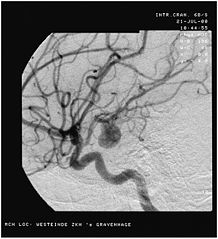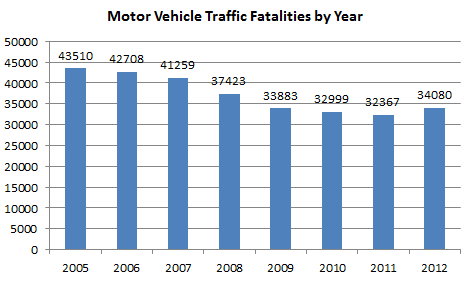Long road trips with heavily loaded cars on over-heated highways can stress car tires to the limit. To prevent car accidents, before hitting the road, check that the pressure is adequate in all tires and that the treads are in good condition
Car accidents related to tire aging kill 90 people and injure 3200 every year. 9% of all car crashes are due to tire related issues according to the U.S. Department of Transportation’s National Highway Traffic Safety Administration (NHTSA).
As summer season is starting, the NHTSA is urging motorists to check their tires as hot weather and under-inflated or worn down tires are a dangerous mix on the road.
In a previous survey about Tire-Related Factors in the Pre-Crash Phase, NTHSA highlighted the following findings:
 New York Personal Injury Attorneys Blog
New York Personal Injury Attorneys Blog


 In order to prevent
In order to prevent  745 people have been
745 people have been  Nap Nanny and Chill recliners create a substantial
Nap Nanny and Chill recliners create a substantial 
